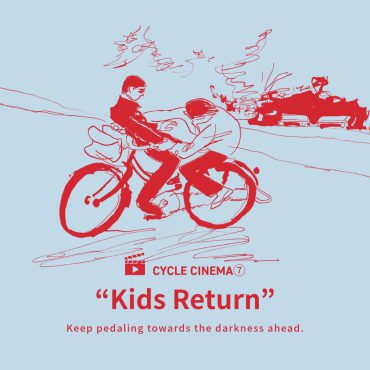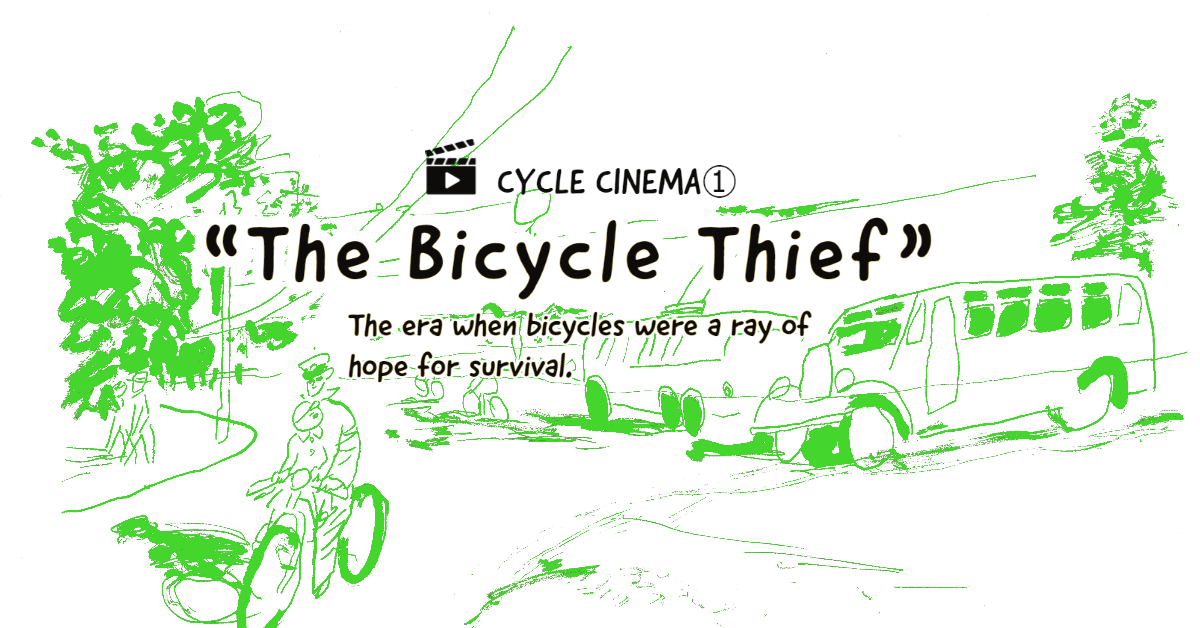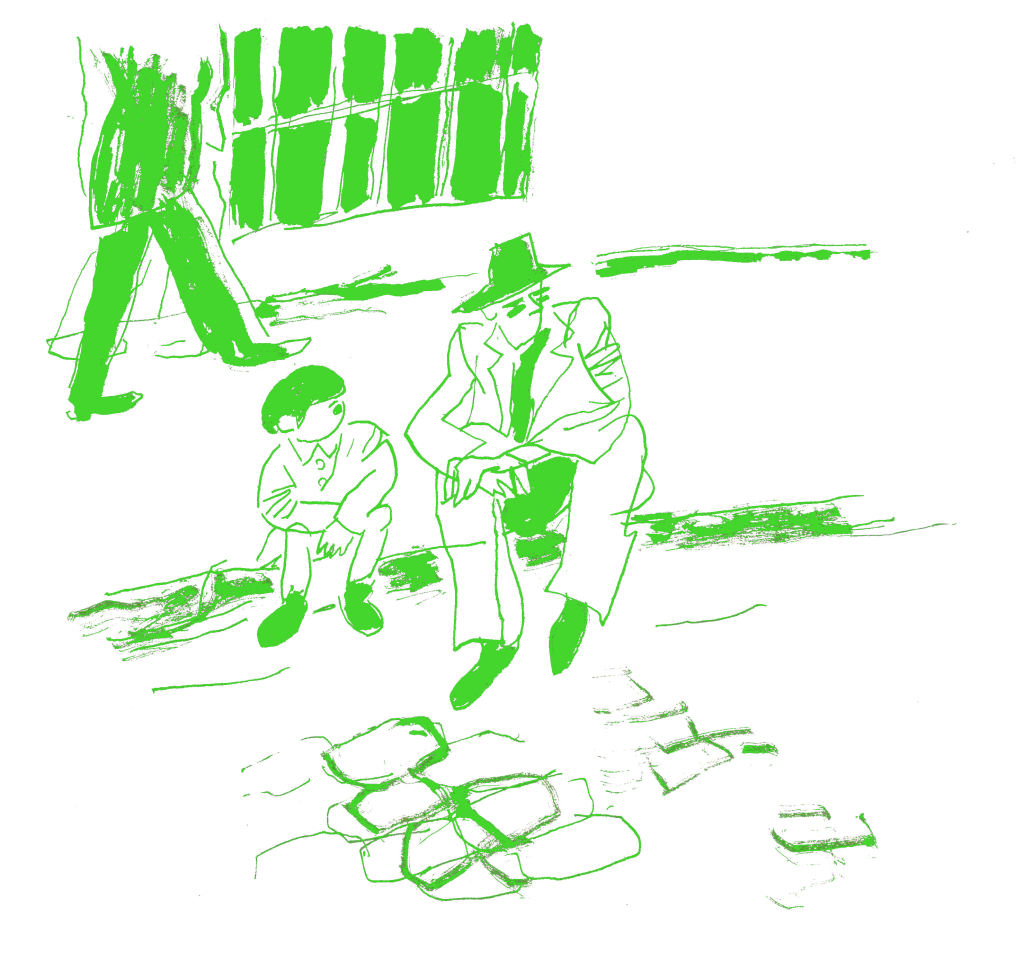
“Kids Return”
Keep pedaling towards the darkness ahead.

Bicycle theft. Everyone would want to avoid this worst-case scenario. We carefully select parts and body materials, striving to reduce weight to the gram, yet chain locks for theft prevention weigh 500 grams, which seems counterproductive. Bicycle thieves are unforgivable. They should disappear from this world.
There is an old film called “Bicycle Thief” (1948). It was directed by Vittorio De Sica (known for ” Sunflower” filmed in the sunflower fields of Ukraine). This film depicts the poignant lives of Italian laborers after the war.
The stage is post-World War II Rome. The aftermath of the war has brought a severe economic downturn, and our protagonist, Antonio, has been jobless for two years. His family is on the brink of starvation, and he desperately needs to find work. Through a referral from the employment agency, he finds a job as a poster hanger, but there’s one condition – he needs a bicycle. Antonio had pawned his bicycle, but with the help of his family, he manages to retrieve it. Filled with hope, he loads his work tools onto the bicycle and sets off to work with high spirits. It’s a chance for a better life.
However, hope is short-lived as, on his first day, his bicycle gets stolen (What a disaster!). Losing the bicycle means losing the job. Together with his son, he searches the town, but the bicycle remains elusive.
Mamma Mia! Antonio is at a loss.
In his despair, he stumbles upon a bicycle without a lock.
“With a bicycle, I can work again,” Antonio realizes.
Unable to resist the devil’s temptation, Antonio commits a sin. Who can blame him for his wrongdoing? Yet, the owner of the bicycle knows nothing of Antonio’s circumstances. Poor Antonio is brutally beaten in front of his son.
Strangely, when watching the movie, one finds oneself feeling sympathy and cheering for the man who committed the crime. Despite being such an unforgivable bicycle thief. How do those who love bicycles feel when they watch this film? I highly recommend finding out for yourself.

🎬CYCLE CINEMA STORAGE🎬
#01 “The Bicycle Thief”
#02 “Project A”
#03 “Shoot for tomorrow!”(origin title “Butch Cassidy and the Sundance Kid”)
#04 “The Kid With a Bike (Le gamin au vélo)”
#05 “Izakaya Choji”
#06 “Cinema Paradiso”
#07 “Kids Return”
#08 “PERFECT DAYS”
#09 “Kramer vs. Kramer”
#10 “E.T.”
#11 “Gachi-Boshi”
#12 “Yesterday”
#13 “Wadjda”
#14 “The Zone of Interest”
#15 “Anselm”
#16 “Otoko wa Turai yo”
Text_Hideki Inoue
I am from Amagasaki City, Hyogo Prefecture, Japan. I work as a writer and editor. My hobbies include hot baths, skiing, and fishing. Although I have no personal connection, I am independently conducting research on Shiga Prefecture. I prefer an active fishing style called “RUN & GUN,” which involves moving around actively instead of staying in one place. I am planning to purchase a car to transport my bicycle to adopt this style, which might seem a bit counterproductive.
Post Date:2023.07.21